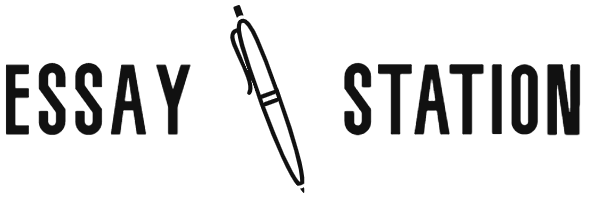
When writing an essay, it is important to create a plan. The outline of your essay should include several steps. Here is a sample: Outline, Topic sentence, Thesis statement, and Transitions between ideas. This will ensure that your essay flows smoothly. Once you have created a plan, you can begin writing. Make sure to follow all of the steps carefully. By following the steps above, you will be well on your way to completing your essay.
Outline
The body of the essay is the most important part of the essay. It should contain three sub-sections. Don’t label your points as “main points,” but simply write them out in a sentence or two. Then, list your supporting evidence with their own line or sub-section. Explain why this evidence is important. You can also include other supporting details that support your main point. These are all key components of the essay outline.
Organize your sub-headings as well as headings. These sub-headings should be specific enough to help you develop topic sentences. A proper outline is not just a list of topics, but a framework for your ideas. The more specific your subheadings are, the better. An essay outline will make your writing easier. When putting together your outline, you’ll be able to see what’s important and what’s not.
Bullet points
When planning an essay, use bullet points when appropriate. Bullets help readers process information in small, manageable chunks, and break information into logical sections. However, bullets aren’t appropriate for every type of project, so don’t use them too often. Nonetheless, when used correctly, bullet points make writing easier. To get started, here are some general guidelines:
Write your main idea first. Next, write a sub-bullet based on that idea. Include supporting arguments and evidence for each point. Make sure to include sub-bullets, as well. Bullets help the reader visualize your plan. And they’re easy to translate into a draft. Here’s an example:
Thesis statement
While choosing a topic, you need to decide whether your thesis statement is a claim or an argument. The latter is more persuasive if you’ve considered alternative viewpoints. For example, in a persuasive essay, you might argue that early school-based prevention programs are the best way to prevent youth gang involvement. Your thesis statement should be as specific and compelling as possible. Then, you should expand upon this statement by developing a supporting argument.
As people have become more critical consumers of information and educated voters, a strong thesis would respond to the question or take a specific position. Your paper would be much stronger if it could address this question by demonstrating why it matters. A good example is Mark Twain’s classic novel, Huckleberry Finn. You could start by writing a general appreciation of the novel, then develop a specific analysis of how it affects American culture.
Transitions between ideas
Writing a good essay depends on the way in which ideas flow. Effective transitions between paragraphs signal the order of ideas, highlight relationships between ideas, and unify concepts. They also remind readers of what came before. Here are some tips for making transitions. You’ll be surprised by how effective they can be. Keep these tips in mind when crafting your essay plan. We hope they’ll prove useful to you!
Creating an effective transition is mostly a matter of attitude. Never assume that your readers know everything you know. Assume that your readers don’t have all the information that you have and that they need stepping stones to make sense of your work. If you don’t use transition words, you could confuse your readers and lead them off track. To make transitions more effective, think about how you can incorporate them into your essay plan.
Refining
Often, writers confuse revision and editing as the same thing. While revision is the process of changing the structure of an essay and checking for errors, this is a fundamentally different process. This step helps the writer to refine an essay for the intended effect. Refining an essay involves reorganizing sentences and paragraphs to make their central idea more clear. When revising, a student should analyze the way a sentence relates to the next, while examining the overall organization of the paragraph.
Developing an essay plan is a process that includes several steps. First, research the topic. Next, create a mind map based on the information gathered. This process will help you formulate a linear essay plan. Time management is essential as you’ll need to move back and forth between the various steps. To get a good start on essay planning, begin early. Set aside a dedicated time for this process. It will help you reduce stress and procrastinate.
Proofreading
If you’re unsure how to proofread an essay plan, follow these tips. First, remember to leave ample time to proofread your essay. Proofreading your essay as soon as you finish the first draft will kill your creativity. The reason for this is that you’re likely to form your ideas faster when your inner critic isn’t there. Second, you should always allow enough time to proofread your essay. Finishing your first draft thirty minutes before the deadline isn’t enough time for editing.
To make your essay grammatically correct, remember that sentences should contain a subject, a verb, and a clause. If you don’t have a complete sentence, combine fragments to make one complete thought. If your sentences are longer than this, you may have too many unstructured words or phrases. Using a spell checker will make this process easier. It’s also good practice to make a list of common errors before proofreading your essay.
